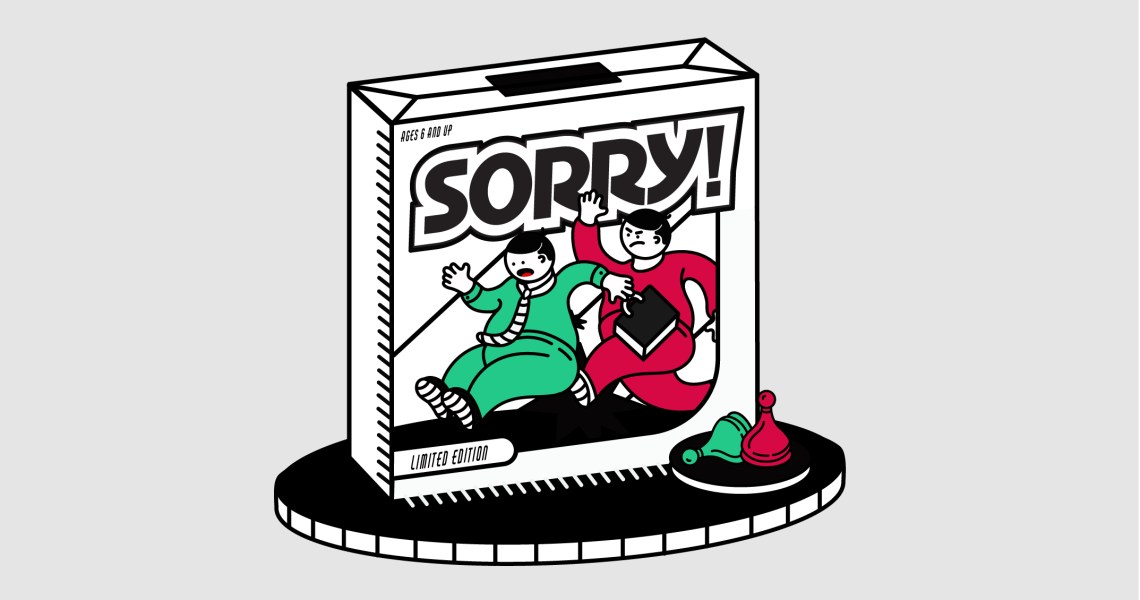This story is part of Endgames, a Digiday Media editorial package focused on what’s next, what’s coming, and what’s being phased out in the industries we cover. Access the rest of our Endgames coverage here; to read Digiday’s Endgames coverage, click here; Modern Retail’s coverage is available here.
After years of fighting for the “luxury” beauty experience, it appears beauty companies are giving in to the masstige retail reckoning.
Thanks to the global pandemic and stalled foot traffic in luxury beauty destinations, many brands are realizing they can no longer turn their noses at retailers like Amazon, Target and Kohl’s. Because of the need for greater customer access — remember, browsing in-store has been thwarted — and better operation infrastructure, such as free shipping and curbside pick up, a consolidation of luxury retail is occurring.
For instance, Amazon has become a new and viable sales channel for Clé de Peau and RéVive. While prestige hair-care brands had made the most traction with Amazon pre-pandemic, skin-care and makeup brands had largely been holdouts. They balked when online retailer Violet Grey inked a deal with Amazon in 2017 and planned to sell its brands on the platform. But this September, luxury beauty had an about face with the launch of Amazon’s Luxury Stores.
“There are probably some questions around, ‘How are you less precious with your brands?'” said Emily Gerstell, associate partner at McKinsey & Company. “Consumers trust many of these marketplaces, so [the decision not to sell on them] has more to do with brand image than a sales opportunity.”
Gerstell added that marketplaces like Tmall have been a longstanding sales channel in more sophisticated retail environments like China. With the robust digital acceleration occurring in the U.S. due to Covid-19, the beauty opportunity for marketplaces like Amazon is now.
Further proving the point that luxury or prestige selling environments are merging with mass experiences are Ulta Beauty’s new strategic partnership with Target and Sephora’s new deal with Kohl’s. Ulta plans to bring 100 shop-in-shop concepts into Target stores in 2021. Sephora followed suit, offering an updated take on its relationship with JCPenney, through Kohl’s: 200 “Sephora at Kohl’s” locations are expected to open in fall 2021, and at least 850 locations will launch by 2023. (There were approximately 575 Sephora stores in JCPenney.)
Ad position: web_incontent_pos1
Both Target and Kohl’s have ramped up their beauty offerings with more on-trend partners and experiences in the last year, but Gerstell emphasized that customers care about “speciality.”
“With a player like Target, which has invested a tremendous amount in elevating its beauty assortment over the years, there’s some recognition that actually there’s a limit to that. What the consumer wants, in terms of an experience, goes beyond just a non-beauty player investing in beauty. The consumer wants a specialty beauty experience and the way that feels,” she said. The success of in-store beauty environments at Target and Kohl’s will come down to in-store support and the training of associates, which has always been a struggle in more mass environments.
But with Target and Kohl’s, Ulta and Sephora get to widen their footprint without opening new stores, which had previously been their model. Pre-pandemic, in February, Sephora had planned to open 100 standalone stores in city centers, increasingly detaching itself from the mall setting.
In her recent analysis, Stephanie Wissink, Jefferies equity analyst said, “We see the next five-plus years of beauty retail to focus on existing footprint optimization, partnerships to leverage relationship and data collateral, and tapping customer data for derived streams of advertising and sponsored content value,” Wissink wrote.
“Ulta and Sephora both boast large CRMs — Ulta has over 30 million members, and Sephora has over 10 million — and extensive networks of brand relationships. Beauty brands spend upward of 25% of sales on advertising and marketing — lower for mass, higher for prestige brands — which provides a large pool of potential value to extrapolate for consumer-connected and trusted retail partners,” Wissink continued. This means Target and Kohl’s will be able to not only access Ulta’s and Sephora’s large customer membership programs, but they’ll also be able to develop direct relationships with the brands they carry for possible later and longer-term commitments.
Ad position: web_incontent_pos2
While some luxury brands see the current value of a larger swath of consumers via marketplaces and essential doors, others are standing firm on their tight retail footprint to maintain positioning. In other words, convenience doesn’t necessarily mean luxury to them. Biologique Recherche, known for its cult P50 1970 phenol-charged skin-care product, is staying the course with its own salons and spas and edited collection of partners. In North America, La Prairie, meanwhile, is sticking with its department store model, but has pushed back on taking part in the discounts the stores have offered during the pandemic. Moreover, it’s aiming to transport the high-touch feel of a Neiman Marcus, Saks Fifth Avenue or Bloomingdale’s to its own website.
“Everybody has their own definition of luxury. For us, generally speaking, it is a service strategy, to embellish what beautifies the life of clients and what breaks the routine of their daily lives,” said François Le Gloan, La Prairie Group regional vice president of the Americas and Oceania. “We are not only providing or offering products of exceptional quality, but we’re also presenting a universe — a very rich universe that is ours. Covid has slowed down the execution of our plan and our strategy, but it does not derail the strategy itself.”




